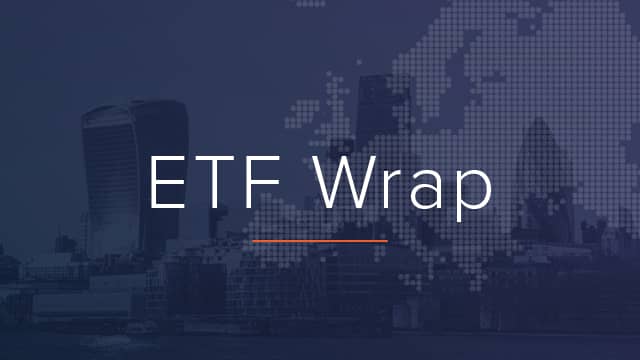This week’s coverage of biases in ETF model portfolios offered by issuers was just the latest in a list of conflicts of interest potentially harming investor returns and trust in the ETF industry.
Areport, titled Advising the Advisors: Evidence from ETFs, found asset managers often provide clients with model portfolios built largely on their own ETFs, that regularly boast higher fees and worse returns than equivalents.
In particular, researchers from the University of Utah, Norwegian School of Economics and the Shanghai University of Finance and Economics found affiliated ETFs book average net year-to-date underperformance of 67 basis points.
This resonates with the fee structure of model providers, the report said, as asset managers not only get fees from financial adviser clients using their models irrespective of performance but then get compensated again by the fees charged by their affiliated ETFs which they have chosen to build their models upon.
Attempting to rationalise why many advisers simply go along with this nonsensical system, researchers explained although clients are not obliged to take every component of a stock model portfolio as it is advertised to them, a lot of them might follow the recommendations offered by asset managers to reduce potential reputation risk.
Regardless of the explanation, the duty of an adviser is first and foremost a fiduciary one – as it should also be for asset managers towards their clients. Whether the excuse is convenience or finding a work-around to harvest more fees, the current approach for ETF model portfolios certainly does not ensure the best outcomes are achieved for end investors.
This is just one of the recent examples where conflicts of interest within the ETF industry have created sub-optimal results.
Last October, a paper from the National Bureau of Economic Research (NBER) “consistently” found a link between companies buying services such as ratings from S&P Global and then being treated more favourably by the index committee while either trying to enter or retain their position within the famous S&P 500 index.
In July, a report from non-profit, As You Sow, found commercial ties had an impact on proxy voting processes, with large asset managers including BlackRock, Vanguard, State Street and T. Rowe Price more likely to vote against shareholder resolutions when they harmed clients’ interests.
Inflation and value meet once again
Looking at where European investors are allocating at the start of 2022, inflows into value have been the answer to early-year inflation and monetary tightening jitters.
Last Wednesday, the US Bureau of Labor Statistics reported the US Consumer Price Index (CPI) shot up 7% year-on-year, its biggest jump in 40 years. Meanwhile, the UK’s Office for National Statistics (ONS) revealed the UK CPI had grown 5.4% in December, its highest reading in 30 years.
With continued supply chain strain and plenty of quantitative easing and pandemic stimulus money flowing through the global economy, pressure is mounting on policymakers to shut the taps and reduce money supply within their respective jurisdictions, to keep inflation in check.As well as tapering asset-buying, central banks such as the US Federal Reserve are expected to implement as many as five interest rate hikes in 2022.
This will have more of an impact on high-growth, high-expenditure industries benefitting from cheap cash, meaning investors are turning to real assets – cyclical sectors stocks and commodities – and in particular, those standing to benefit from higher rates – banks.
Five Europe-listed bank and financial sector ETFs from BlackRock, DWS and Lyxor booked combined inflows of $876m in the week to 14 February.
Mexican UCITS to make Europe entry
While Europe-domiciled UCITS ETFs have relisted in Mexico, ETF Streamrevealed Mexican broker Casa de Bolsa Finamex SAB de CV intends to go the other way and list its first UCITS vehicle on the Bolsa Mexicana de Valores (BMV) and exchanges in Europe within the first half of this year.
In a launch of many ‘firsts’, Finamex will become the first Mexican financial services firm to list a UCITS ETF on BMV. Its product will come to market in partnership with HANetf, in what will be the European white label issuer’s first fixed income product.
Eduardo Arturo Carrillo Madero CEO of Finamex, said the UCITS structure is growing in popularity with Latin American investors due to its recognised governance and regulatory structure. He added this will be the “first of many” UCITS ETFs by his firm.
ETF Wrap is a new, weekly digest of the top stories on ETF Stream
Other stories from this week








